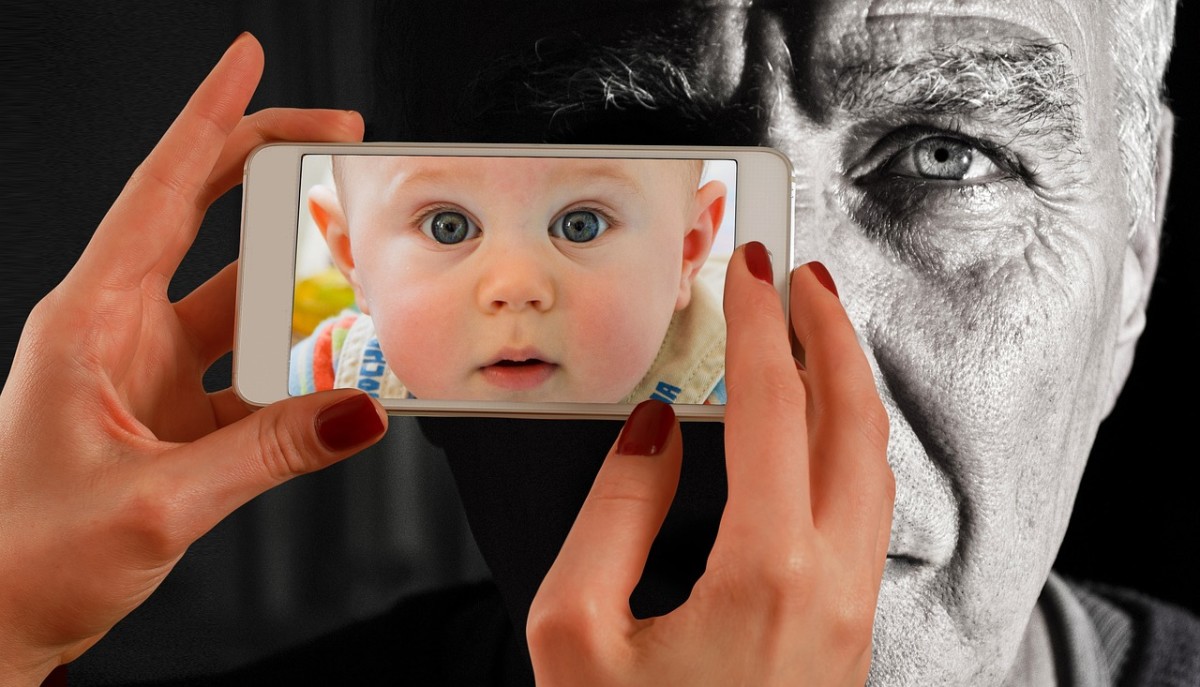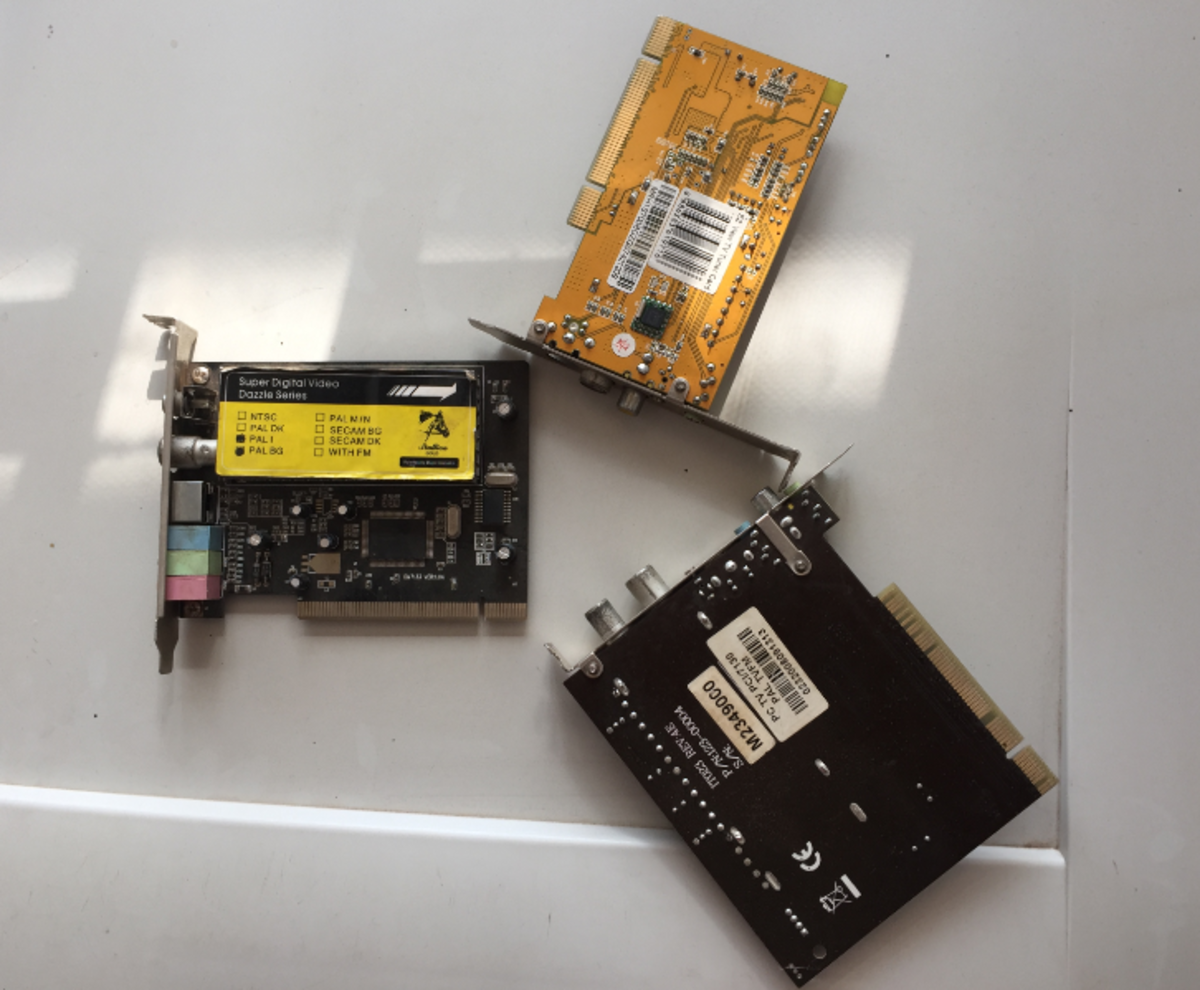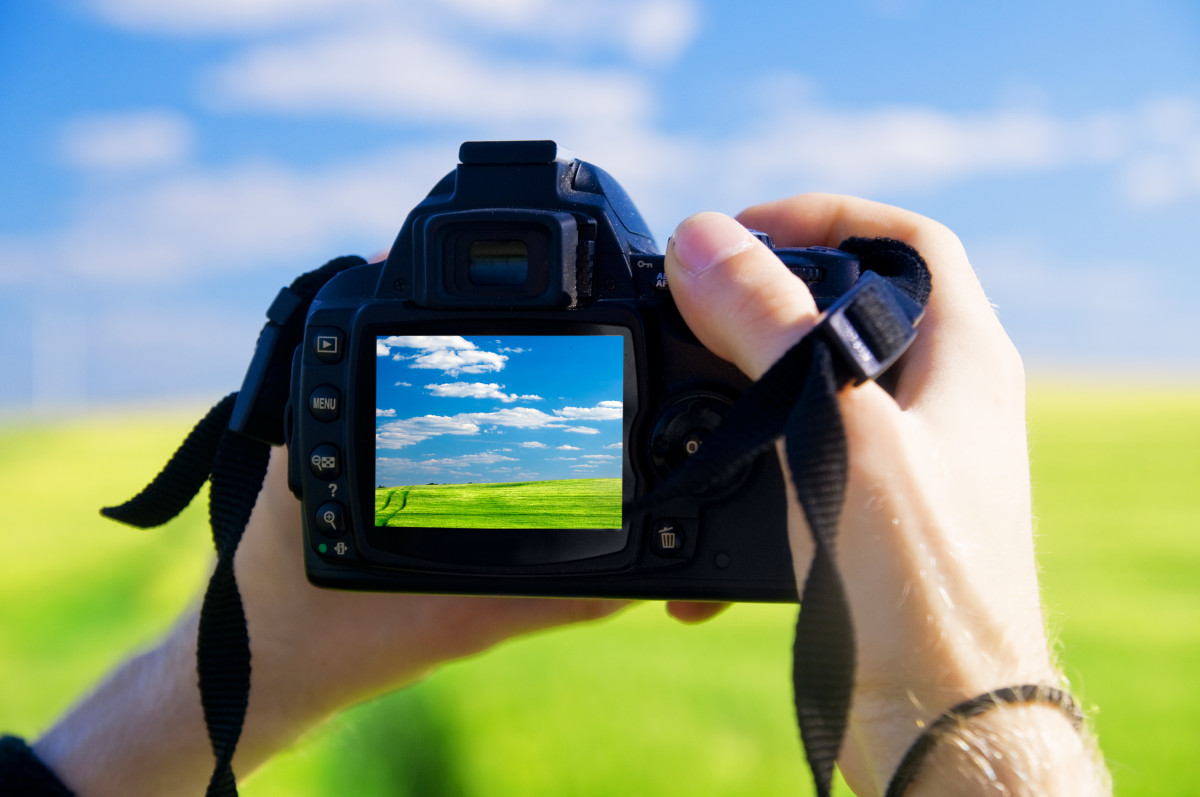Analog or Digital - Which is Better?
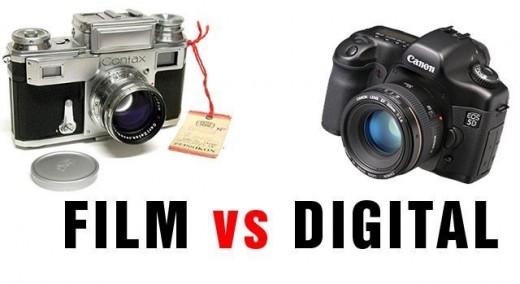
Introduction
The question I posed in the title of this article is not the right question. The real question should be, which system is best for which applications? Analog and digital each has its advantages and disadvantages depending on the application. I will offer a few examples to prove my case.
- Oct. 2017
Background
In photography, the current trend is that digital photography and digital cameras are superior in convenience and quality. Traditionally, film cameras was the popular medium and most professional photographers used film cameras like Leica and Nikon until recently. There is no doubt that digital cameras offer convenience and instant results and can be sent around the world... however, in terms of image quality, analog film has a slight edge. Depending on the application and the scene, a film can capture a wider dynamic range in the highlight and shadow areas. The reason is simple.
Digital cameras uses a CCD array sensor to capture light signals and convert them to an array of numbers. The higher the number the brighter the point. The signal is proportional to the exposed area. When the resolution of the image is very high, the area is small. Signal to noise ratio is a measurement of the quality of a signal. When a number is high in a bright area, the signal strength is high and the ratio is good. When the signal is low in a dark region, the noise remains the same and the ratio is thus reduced. This means the overall signal is not so good.
On the other hand, in film photography, the light and darkness is analog. It is not a numeric value but a continuous gradation of shades. It is also not an array but contiguous over the whole image. That is why Doctors prefer to view X-rays images from the raw film. Sometimes a tumor is very subtle and hard to detect. A digital image, no matter how good, is a sampling of the original film.
Therefore in this case, depending on the application, each has advantages and disadvantages.
Another Example
In audio systems, like a high end tuner and amplifier, the control knobs for tuning and volume are analog. The system may be digital but the controls are best in analog. Why is that? Our human auditory system is analog and our human interface is also geared for analog process. For example, if you want to adjust the volume of a music piece, you can more easily accomplish this task by reaching for a knob that turns to adjust low to high. You can do this blind folded. More importantly, you can control the volume precisely to your desired taste. If you try to do this on a digital interface, one that has a numeric number, you will find that sometimes, the best setting is between two numbers. That is because the digital control is not contiguous. It is only giving you a sub sample of all the available values. You can improve the digital design by increasing the granularity such that two adjacent numbers is very slight by adding a digit. The problem this introduces is the amount of play you need to turn on the knob.
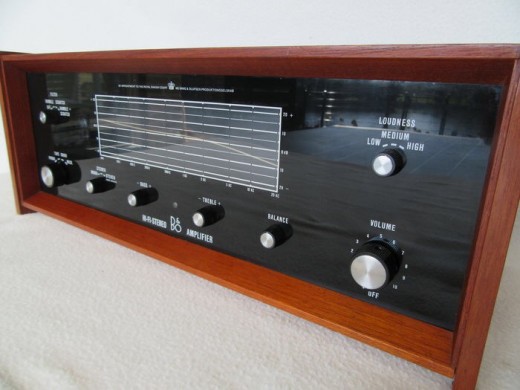
A Final Example
In automobiles, the dashboard is a most important display. It gives the driver instantaneous indicators on the operation of the vehicle. It has the following common dials.
- Speedometer
- odometer
- gas gage
- tachometer
- temperature gage
- power gage
In most cases, the best indicator is an analog one. The only exception is the odometer where a precise number is best to indicate the number of miles traveled.
The analog dial is ideally suited for these applications. For example, the spedometer gage not only show you the current speed but it shows the range from minimum to maximum and it shows the dynamic changes instantaneously. As you accelerate, you see the dial moving. You are given much more information in a concise manor. Some recent designers have gone to a digital display for the speedometer. This will indicate the exact speed such as 60mph, but it lacks the other information of range and change. In this particular case, the digital version is less functional.
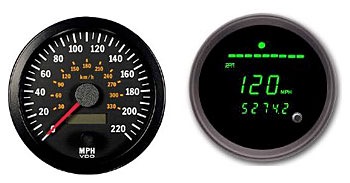
Summary
Depending on the application, analog vs. digital is a moot point. It is a matter of fitting the right design to the application. Human factors is a big part of this equation. Control systems tends to be better implemented using analog process.
Some Related Info
- A Global Shortage of Magnetic Tape Leaves Cassette Fans Reeling - WSJ
Brisk demand from fans both old and new prompts a Missouri company to dust off production blueprints for a long-paused business. “The finest equipment the 1960s has to offer.”
© 2017 Jack Lee


